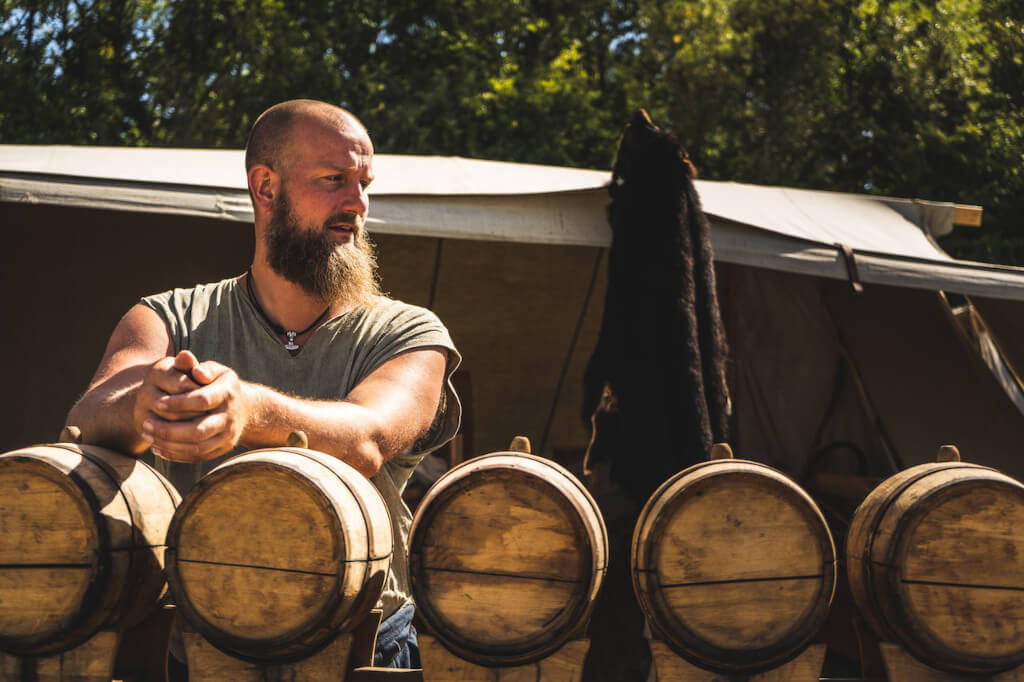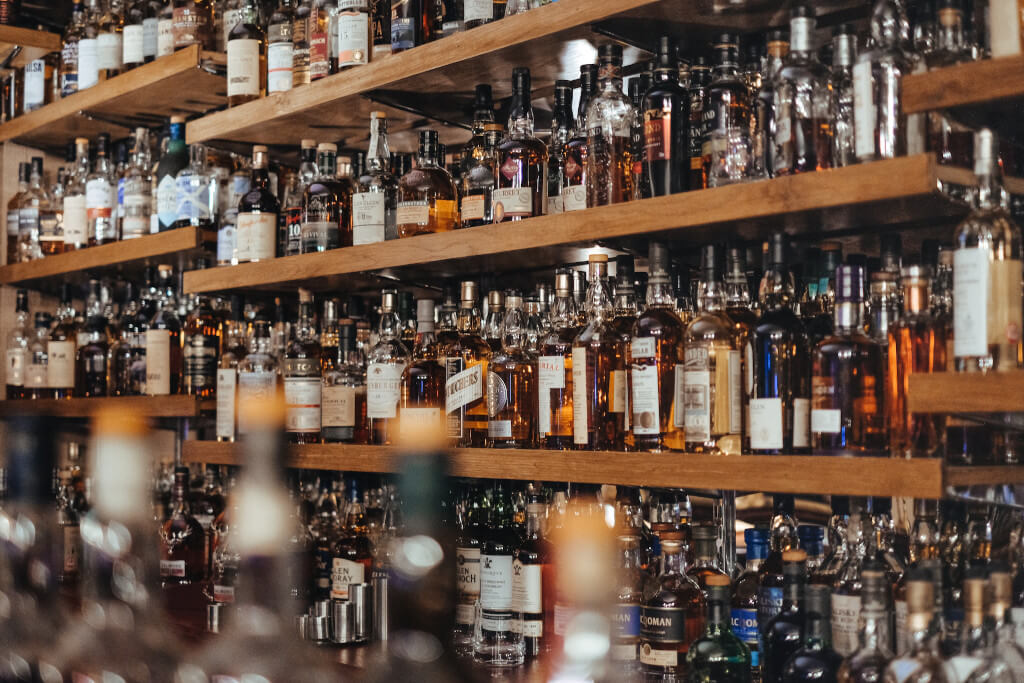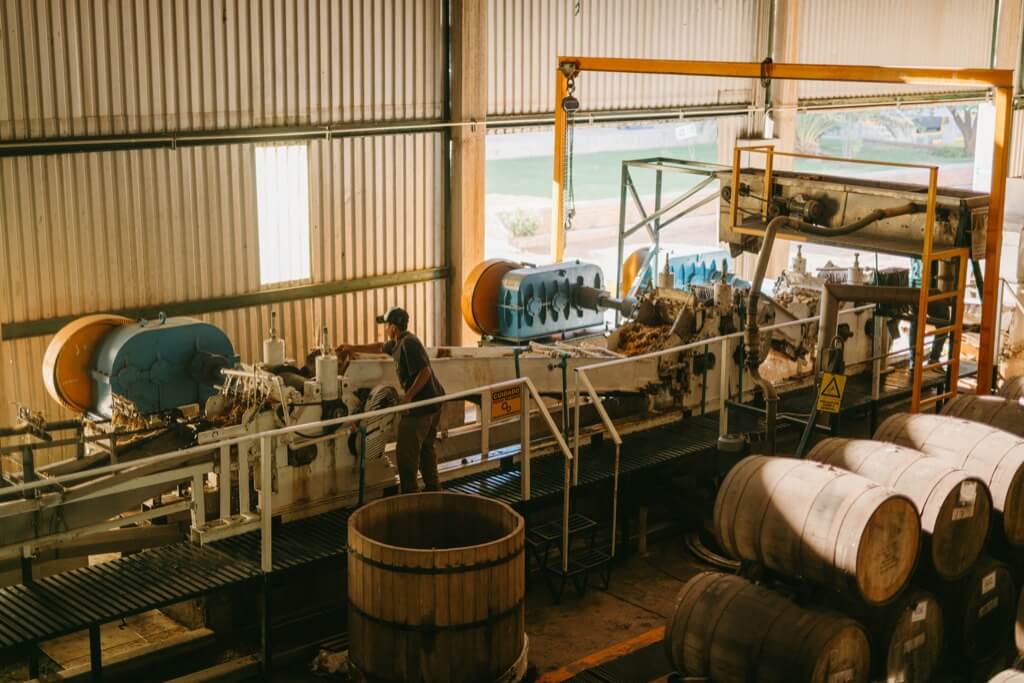As you stroll down Louisville, Kentucky’s Whisky Row, the revitalized Michter’s Distillery stands as a beacon of American whiskey’s rebirth. The once-forgotten edifice built circa 1890, once abandoned for decades, now thrums with energy and purpose. It symbolizes not just the rejuvenation of Magliocco’s Michter’s but the overarching revitalization of American whiskey.
Yet, rewind to just a decade ago, Magliocco didn’t even own a distilling apparatus. It was only about 2.5 years ago that Michter’s set up their major distilling operation in nearby Shively. Before this, like many others, Michter’s relied on a single supplier, essentially procuring whiskey and rebranding it under their label.
The Industry Has Witnessed a Considerable Shift
Famed brands like Angel’s Envy, Bulleit, High West, Rebel Yell, and Templeton, among others, have partially or entirely depended on larger firms. These giants focus predominantly on bolstering supply to quench the escalating consumer demand. And why shouldn’t they? If the whiskey is good and sells, why spend exorbitantly on establishing a distillery? Yet, there’s a deeper layer to this conversation. Smaller distilleries often come with compelling origin tales, stories of revival, or ties to local traditions. These narratives, when authentic, resonate with consumers and make the product memorable. The Templeton brand and its deep-rooted association with the owner’s grandfather’s bootlegging past highlights the allure of a compelling backstory.
Nicole Austin, the general manager and distiller of Cascade Hollow Distilling Co., where George Dickel whiskey is produced, opines, “Consumers are getting more savvy, and they value authenticity.” While authenticity is pivotal, it doesn’t necessarily negate the practice of using supplied whiskey. As people become more educated about whiskey, their tastes evolve. Many are now leaning towards craft brands that offer unique flavors and experiences. The drive towards authenticity means consumers appreciate small-batch, handcrafted spirits, often preferring them to mass-produced alternatives. Austin already pinpointed the consumer inclination towards genuine products. Large industry giants might find it challenging to replicate the “crafted with care” appeal of smaller distillers.
The essence is in being upfront about it. The reality? Dickel rye, though filtered with charcoal, is sourced from Midwest Grain Products in Indiana. As Austin states, “It’s fantastic, and you get a lot of bang for your buck. What are you attempting to conceal?” But the context of this debate is rooted in history.
About thirty years ago, the spirits industry experienced a surge in vodka’s popularity, overshadowing American whiskey. But as the 21st century dawned, a renewed appreciation for bourbon, rye, and other whiskey types emerged. Enthusiasts were thirsty to understand the nuances of mash bills, stills, and barrel chars. This ignited an unexpected rise in demand, prompting a race to increase production.
Chuck Cowdery, a noted whiskey expert, points out, “It’s impossible to keep brands growing by buying distillate from third parties.” The larger suppliers now are either refusing new contracts or demanding higher volumes, pushing brands to a corner. He notes, “You have three choices: go out of business, reduce the scope of your operation, or begin distilling.”
This Craft Spirits Wave Has Not Been Without Controversies
Templeton, for instance, faced legal scrutiny when it emerged that their whiskey was sourced from MGP. They had to rectify their label and compensate consumers after a lawsuit. Yet, they’ve rebounded, opening an impressive distillery in Templeton, Iowa.
Craft distilleries, despite being smaller in scale, command a perception of authenticity due to their hands-on production. Lisa Roper Wicker of Widow Jane, a distillery that has had its share of sourcing controversies, states, “You have two choices: release white spirits because you need cash flow, or release whiskey too soon and risk being chastised for it.”
When Daniel Preston launched Widow Jane in 2012, he transparently mentioned that some of the whiskey was sourced. However an oversight in the label regarding its actual distillation source became a bone of contention. Adding fuel to the fire was the claim of using water from Widow Jane’s mine, a claim that was later debunked.
Nevertheless, companies like Miami-based Samson & Surrey saw potential. They rebranded Widow Jane, ensuring transparency and shifting the focus to the actual quality of the product. Widow Jane’s goal is to produce whiskey entirely sourced and distilled in New York, but meeting the current demand poses a challenge. As Roper Wicker points out, “My strategy calls for first expanding the corn project, then expanding the distillery, all while remaining completely transparent.”
While sourcing aids in keeping operations alive, it also offers the potential to set up a location for future endeavors. Austin emphasizes, “Having a brand home is a big advantage; having a place to bring people to tell your story and have them connect with you is hugely valuable.” Many craft distilleries offer tours, tastings, and direct engagement opportunities, creating loyal customers. When Austin speaks about the advantage of having a brand home where consumers can connect directly, she highlights an advantage many craft brands have embraced.
They are often more transparent about their production processes, origins, and the sources of their ingredients. This transparency has become a selling point, given the controversies surrounding source labeling. Widow Jane’s transformation to full transparency is a prime example of this trend.
The Michter’s History is Particularly Interesting
After its Pennsylvania distillery closed its doors in 1989, Magliocco resurrected the brand when it went on sale. And while sourcing made sense then, the logic has evolved now. Their new Louisville distillery will predominantly focus on experimental, small-batch productions, fostering a connection with whiskey enthusiasts. The centerpiece of this venture is the magnificent copper Vendome, which was once part of Michter’s Pennsylvania setup and now has been revived. Craft distilleries, by their scale and agility, can often be more experimental with their products. This means they can bring new flavors, infusions, and innovations to the market faster. Michter’s new Louisville distillery, with its focus on experimental, small-batch operations, exemplifies this capability.
Even though each craft brand might produce spirits on a much smaller scale compared to the giants, collectively, they account for a significant market share. This combined presence can influence market dynamics, pricing, and consumer choices. Consumers have a preference for brands that adopt sustainable and ethical practices. Several craft distilleries are incorporating sustainable methods, from sourcing ingredients to packaging. This environmentally-friendly approach can be a deciding factor for many modern consumers.
As whiskey consumption patterns evolve, the relationship between craft spirits and big whiskey giants remains dynamic. While giants are vigilant and reactive, they might not necessarily be ‘afraid’ of the craft spirit movement. But one thing is clear: in an age where authenticity is prized, transparency in production and sourcing will determine the frontrunners in this field.





